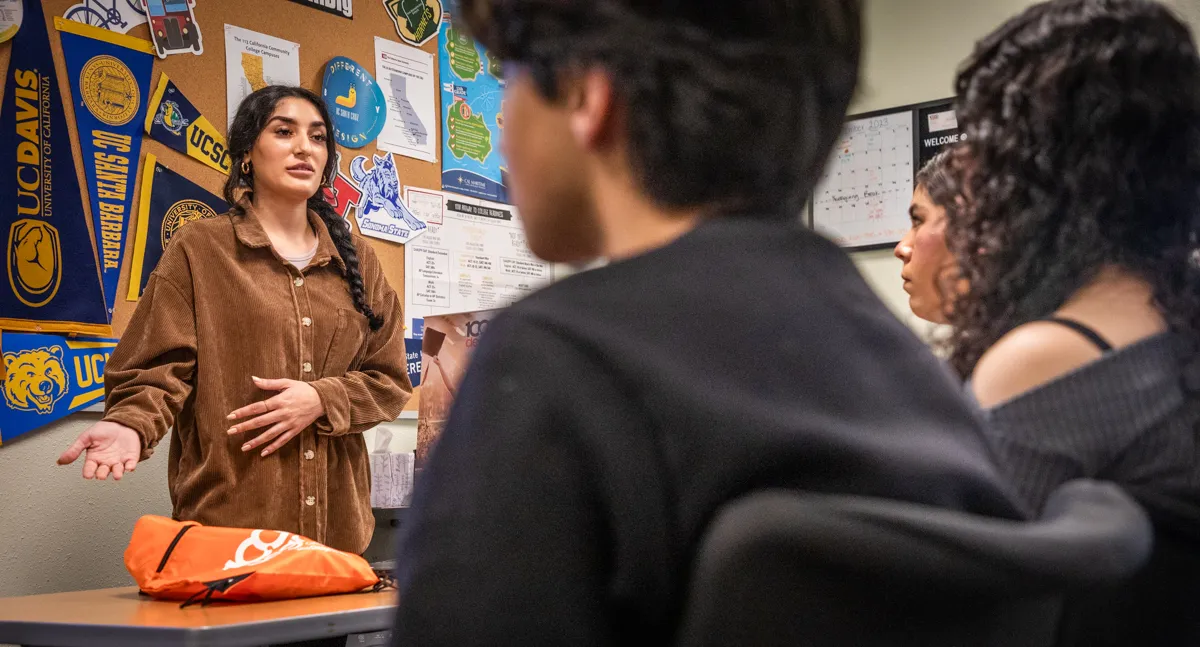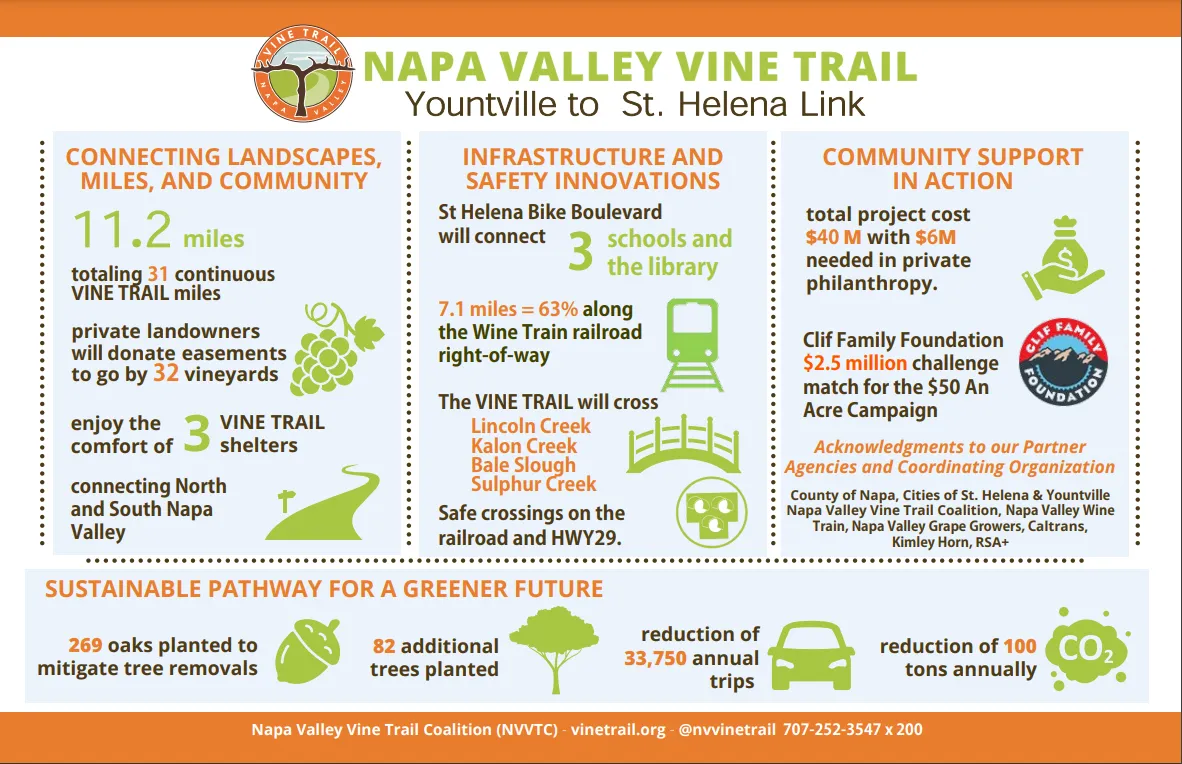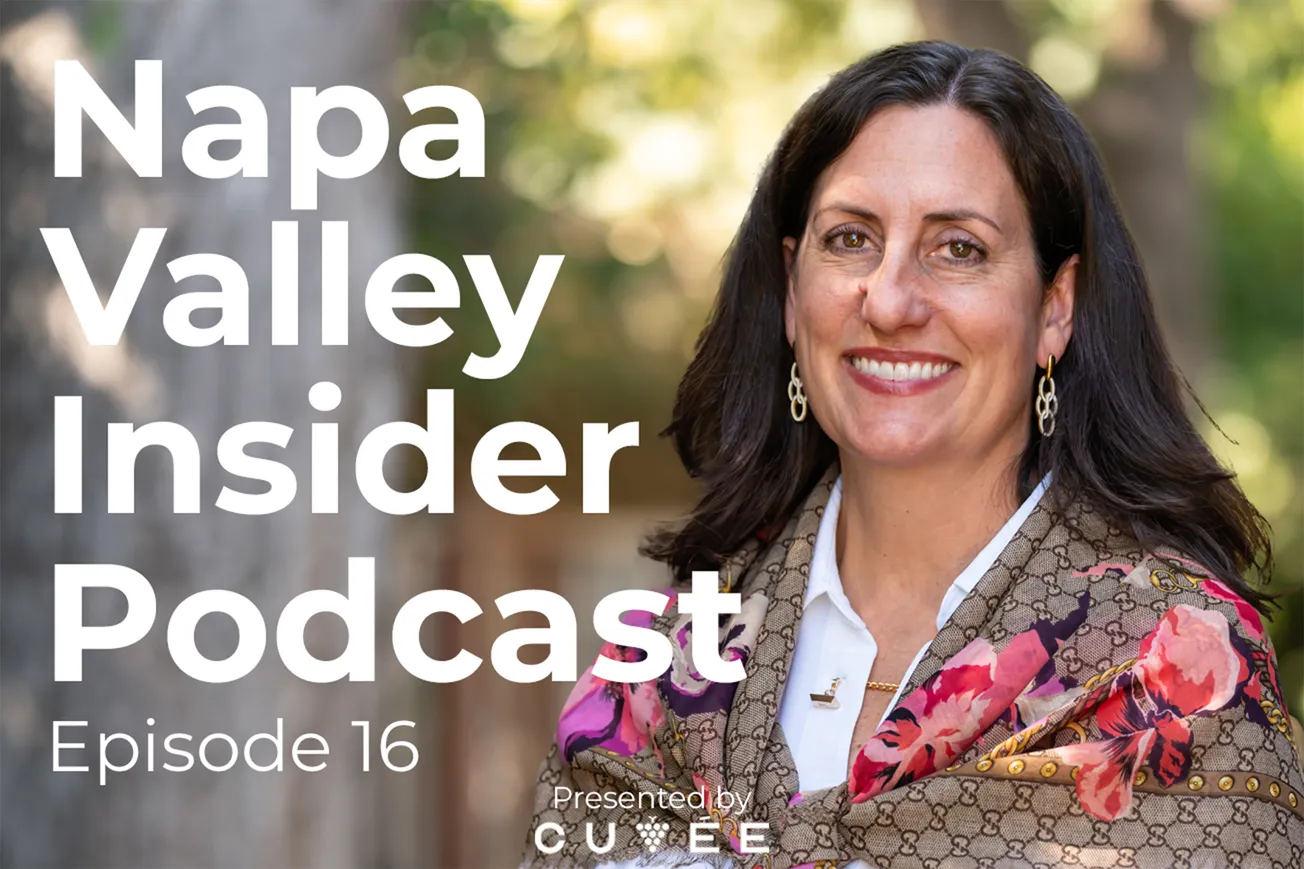With spring semesters fast approaching at universities throughout the state, the best and brightest of Calistoga High’s 2023 senior class stand at a critical crossroads in their college careers.
This cohort of 66 students was as successful as any in the county. Twenty-six of them, or 40 percent, won admission to a four-year institution. They were awarded a combined $225,000 in scholarships. Some are attending such exclusive schools as UCLA, Berkeley and UC Davis.
And yet, if past performance is any indicator, some of these Calistoga graduates may already be considering other options. Based on more than a decade of data among disadvantaged students throughout the U.S., about one third of the 2023 Calistoga students who enrolled in college will leave school within six years, never to return.
Researchers have struggled for decades to find solutions to the college dropout rate among low-income students that’s about twice that of students from more affluent families.
Money has been poured into urban school districts in recent years, especially in California, aimed at reversing a long list of deficiencies. Early education programs have been expanded, teacher-student ratios have been improved and classrooms upgraded with newer technology.
Still, the high dropout rate persists.
“It’s very concerning because I personally don’t feel like I have a good handle on why,” said Carla Surber, director of the College and Career Center at Calistoga High. “Until we really know why these kids are leaving early, can we really be sure that we’re doing everything we can to support them?
“On the other hand, how much control do we have over what happens once they’ve left our school?” she asked.
Some improvements have been made. According to a 2022 study by The Campaign for College Opportunity, the number of Latino high school students from Los Angeles Unified who qualified for enrollment at a UC campus nearly doubled between 2011 to 2017. The same study concluded, however, that the college graduation rate among those same Latino students had not improved.
To be fair, the experience of college-bound students from Calistoga out-performs statewide averages. About 72 percent of Calistoga students who enroll in a four-year college earn a bachelor's degree within six years, compared to 56 percent statewide.
However, only about 30 percent of any graduating class decides to attend college.
Trent Yaconelli, executive director at Boys & Girls Clubs of St. Helena and Calistoga, said his organization tackled the problem several years ago when they established a scholarship program that covered tuition and books.
“What we found was that these kids would go to school for a semester and drop out,” he said. “The main driving force was that they just didn’t have support. They didn’t know how to navigate the bureaucracy.”
Yaconelli said that although many of the institutions had extensive support systems, students “didn’t have anyone telling them how to access it.”
Yaconelli said he and his staff began to work more closely with the scholarship winners, talking to them almost daily about the problems they were running into and helping them solve them. That helped, he said.
“There were other kids who dropped out because their family needed the money that they’d be earning,” he said. “They be like, ‘we don’t know what you are doing. We need you in the fields because you’ve worked yourself up to the point where now you’re getting $25 or $26 an hour.’ ”
“I couldn’t compete with that,” he said.
As policy makers continue to search for answers, experts say there are indicators of where at-risk students run into trouble.
Money pressures, for one, remain a consistent threat. There is also evidence that cultural barriers still exist on college campuses that distress or even repel some students.
But perhaps the biggest challenge comes from being the first in a family to attend college, said Olga Rodriguez, director of the Higher Education Center at the Public Policy Institute of California.
“Challenges come up that a college-educated parent can help with,” she said. “They might be able to access services or find answers that a family without that tradition might not be able to find. It might be just this sort of support that is missing.”
Rodriguez said her parents came to the U.S. as undocumented farmworkers, and she had to navigate her way through the academic system on her own.
“They supported me as much as they could, but there were lots of things they couldn’t help with,” she said.
She said that many immigrant families are close-knit, and when an emergency arises, all family members are expected to participate in a solution.
“When these things happen, often a student has to make a decision,” she said. “Someone gets sick and you are needed to help. These sorts of emergencies are more likely to derail a low-income, first-generation student than one of their affluent peers.”
The cost of college is clearly one of the biggest factors that lead undergraduates of all backgrounds to leave school without a degree. Students attending a University of California campus can expect to pay upwards of $50,000 a year for tuition, housing, meals, books, and other costs.
Even students who win large scholarships are not immune from financial pressure.
Surber recalled a former Calistoga student who had enrolled at a four-year university and was waiting for all his scholarship money to be delivered when the administration notified him of a $5,000 fee that he needed to pay immediately.
“This isn’t an uncommon experience for college students,” she said. “I think it must be incredibly frightening for a family that’s below a certain income level to be faced with.”
Experts also pointed to cultural barriers that play into the dropout dilemma.
“There’s a sense for many that they don’t feel welcome, that the university setting is still a ‘white’ space, a space of privilege,” said Karen Hunter Quartz, director at the Center for Community Schools, University of California, Los Angeles.
One of the few former Calistoga High students who agreed to be interviewed, 22-year-old Liesel Herandez, said she experienced racial isolation during her one year at Sonoma State University.
“At Calistoga, I was surrounded by mostly Hispanic students,” she said. “When I got to Sonoma State, there was much more of a cultural difference. Some of them think they are better than you. People stayed in their circles, too.”
Herandez said the COVID-19 pandemic exacerbated the feelings of social dislocation she was already experiencing.
“I’d just gotten used to living on my own when we all had to go home,” she said. “There were issues at home, family problems, unexpected things. And I’m not a virtual learner.”
One bright spot is the work of 10,000 Degrees, a Marin-based non-profit whose mission is to help first-generation, low-income students earn a college degree. Eli Weinzveg, who leads the firm’s outreach in Napa, Sonoma and Lake counties, said the organization begins working with students in the junior year of high school and carries on the support all the way through college.
“We are sitting with the students, helping them write their entrance essays,” he said. “We’re helping them fill out the forms. We help them apply for scholarships. One of our missions is that our students graduate from college with as little debt as possible.”
Weinzveg said that the group’s outreach team of 53 are typically recent college graduates who also came from disadvantaged backgrounds. He said that 80 percent of the students in the 10,000 Degrees program graduate from four-year colleges and 87 percent of them leave school with less student debt than the national average.
10,000 Degrees has been working with the students at Calistoga High for only a year, but Weinzveg has high hopes for turning around the dropout problem.
“Our immigrant and first-generation families struggle with poverty and pre-existing conditions,” he said. “But for the most part, they recognize the importance of their children continuing and finishing their education.”





The 2023 graduating class at Calistoga High was among the most successful in the county, but the road to a college degree continues to challenge first-generation, low-income students.








